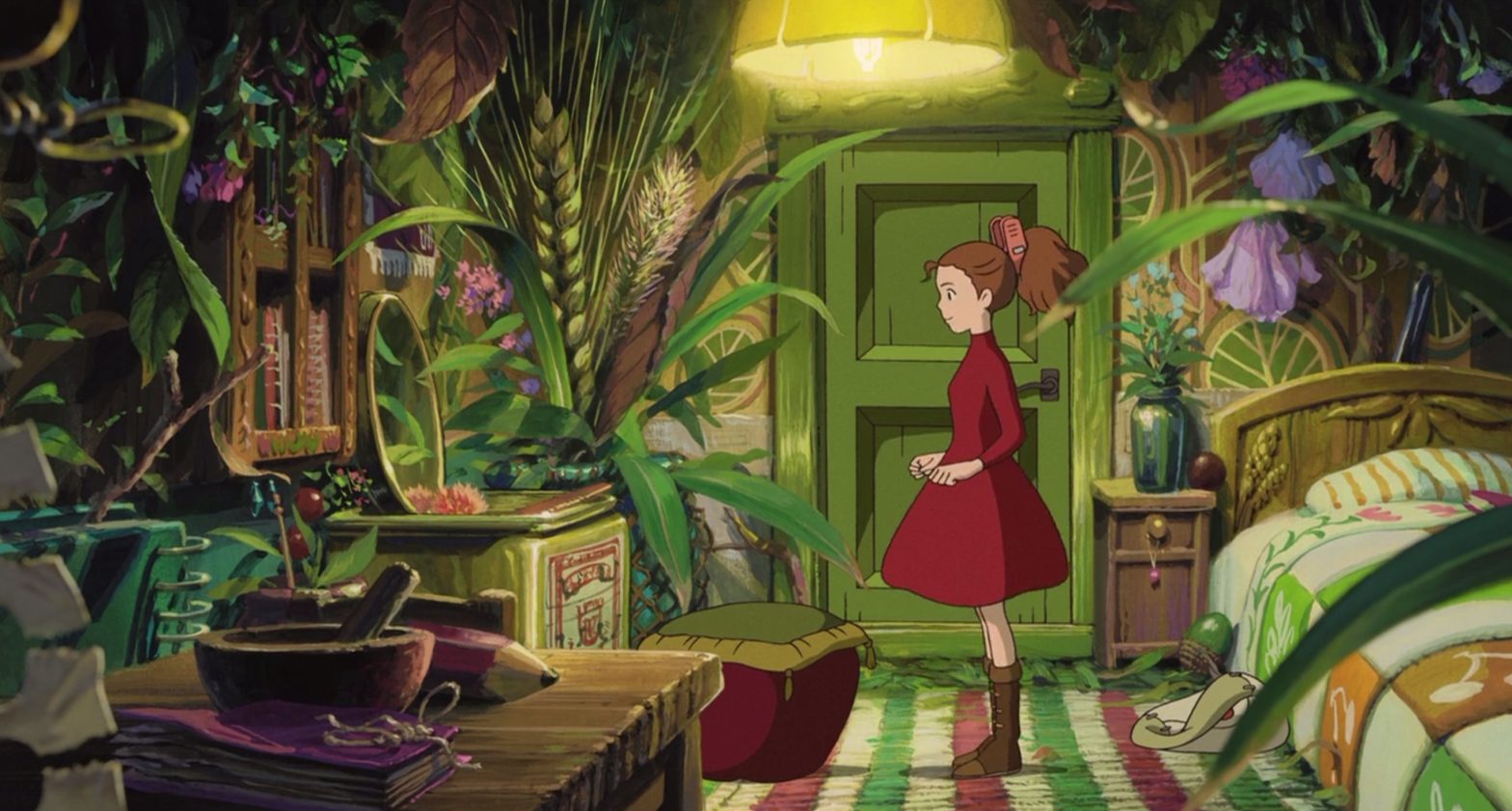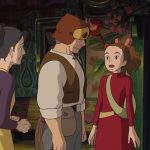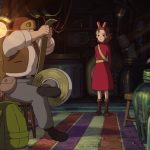Karigurashi no Arrietty, titled as The Secret World of Arrietty in English, is a film produced by the renowned Studio Ghibli in the year 2010. Being a Studio Ghibli film, it involved the work of Japanese film legend Hayao Miyazaki who wrote the script alongside Keiko Niwa and oversaw and supervised production. Karigurashi no Arrietty is based on the popular novel The Borrowers written by Mary Norton. The strengths of the film lie not in the plot but in the amount of attention and effort put in to establishing a different perspective on the world, one through the eyes of Arrietty.
Karigurashi no Arrietty, opens with a car ride following Sho as he heads to a small, almost run-down, provincial home with his grandmother. As he is entering the house, he chances upon the large expanse of garden space and notices a tiny girl among the leaves of a bush. It is at this point that Miyazaki begins to transition from a normal human’s perspective to that of Arrietty and her family of borrowers. What the film focuses on in the first half hour is restructuring the paradigm of its viewers by allowing them to reimagine the world through the eyes of smaller beings.
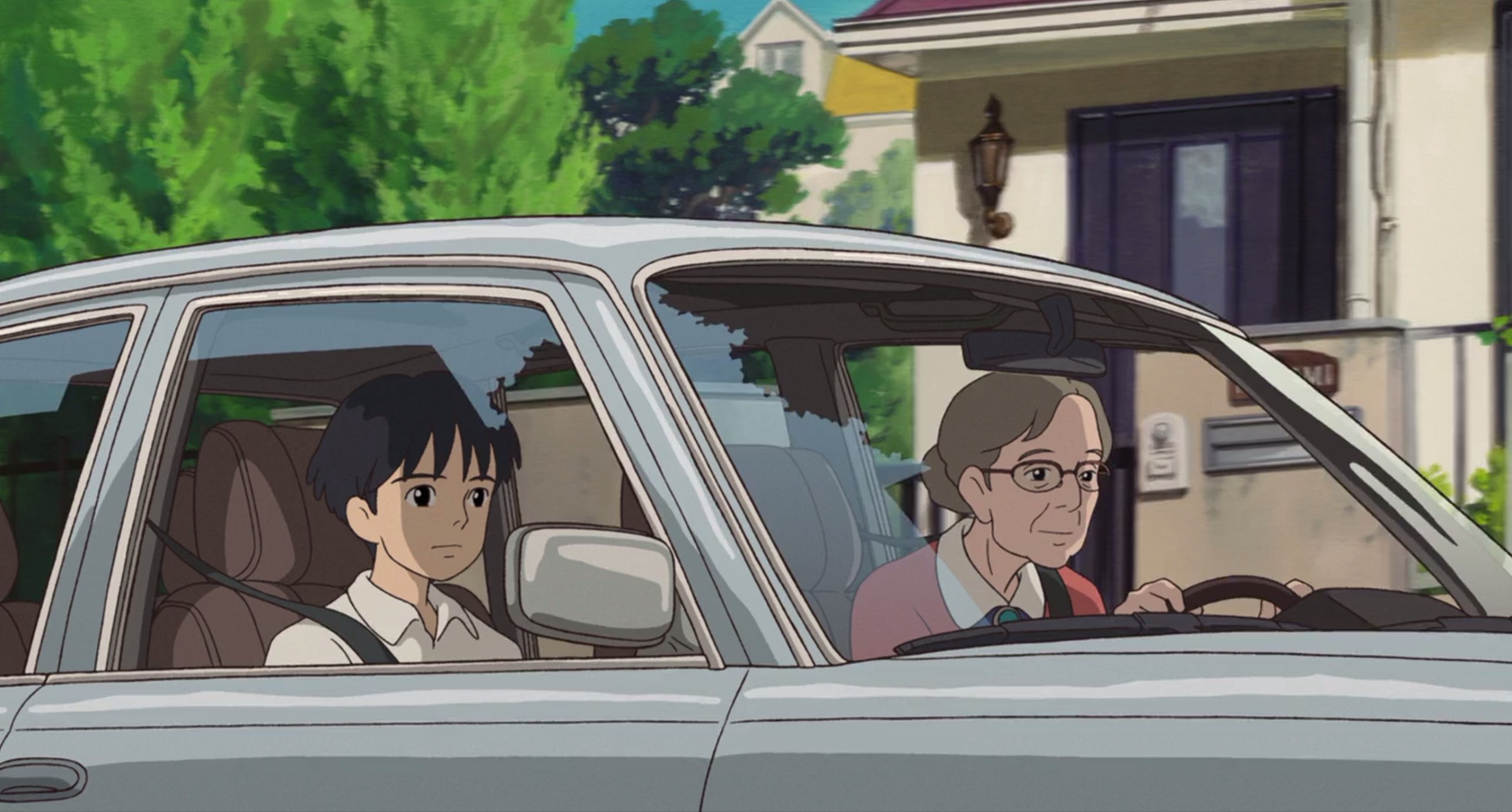
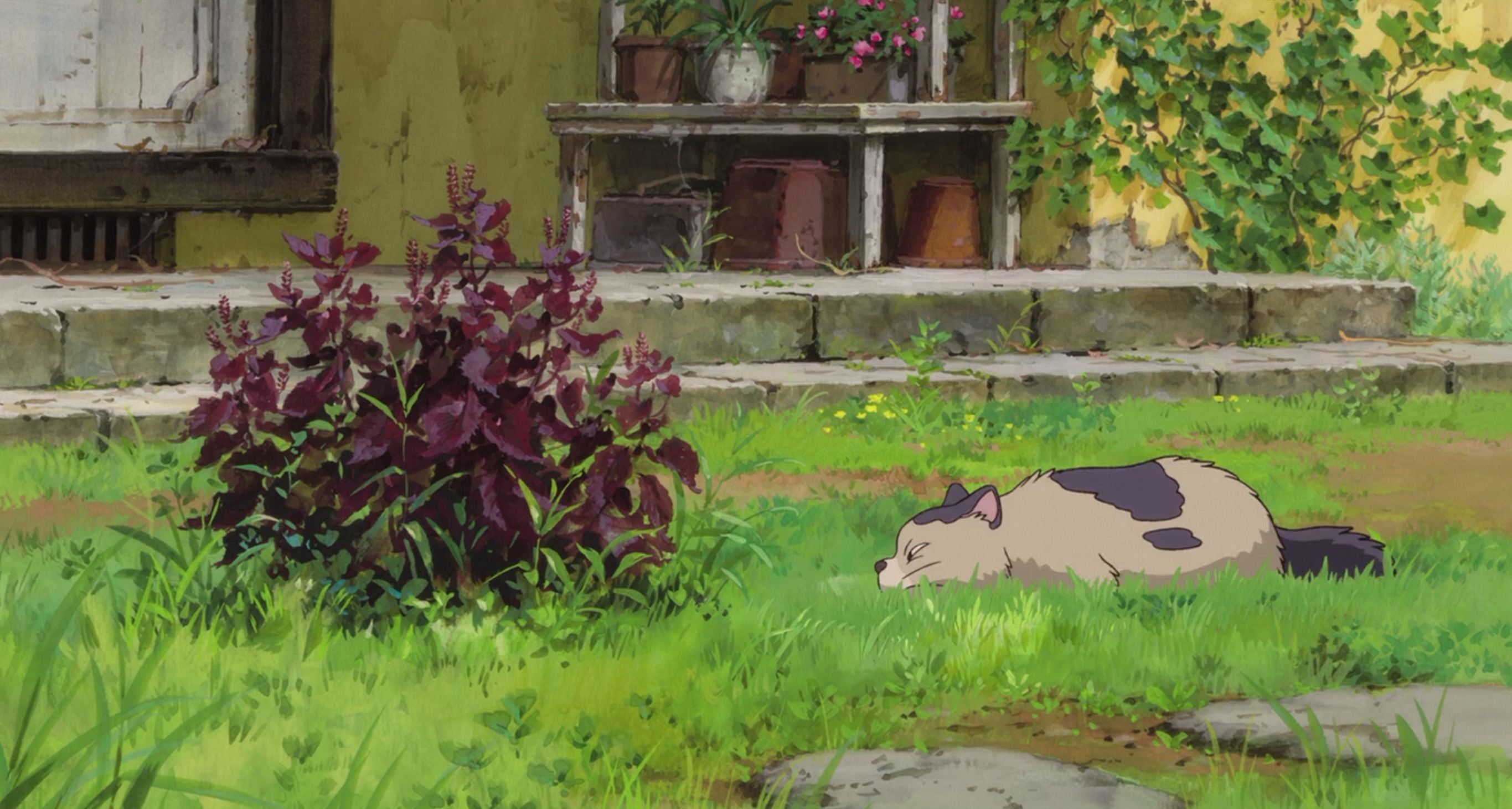
This is one of the strongest and most salient aspects of the film. Miyazaki utilizes his art and ability to craft a story masterfully, creating a semblance of an entirely different world that exists within our own. Obviously, the first way he does this is through the pet cat that Sho first sees in the garden during the opening of the film. The cat glances at Sho and proceeds to hide in the bushes acting passively and nonchalant. As the scene transitions to Arrietty, the cat is once more shown this time being huge, threatening, and highly aggressive, charging at Arrietty as she makes her escape through the drainage. It is here that we first see the stark difference between Arrietty’s world and our own which Miyazaki further highlights throughout the film. The difference is further highlighted when Arrietty arrives home bringing with her two leaves and a flower from the garden. We are shown her room and her home both of which resemble our own homes. What is interesting is that while they have some items created to scale such as tables and chairs, they have other items that while small to us, are clearly much larger to them.
The film follows this introduction by further elaborating on the difference that size can make on the way we perceive everyday objects. This is highlighted by Arrietty’s first borrowing, a process that involves her and her father going into the house that Sho is staying in to “borrow” supplies that they need. The trip to the house from Arrietty’s home is easily one of the highlights of the film. As Arrietty discovers different contraptions that allow her to traverse beneath and upward to the main area of the house, the viewer is allowed to discover how everyday objects may be seen and may be used by borrowers. The use of nails as steps for a bridge or for stairs and the use of staple bullets as ladder rungs for example depict this difference in paradigm. It is this attention to detail and this imaginative way of forcing a paradigm shift that really takes the film forward in terms of quality.
Beyond the skillful world building, the soundtrack of the film is exceptional with tracks that amplify the mood and heighten that feeling of discovery. Cecile Corbel utilizes the harp quite often and it is precisely the quality of sound produced by this instrument that heightens the mood of discovery in the film. The music never overpowers a scene or the characters of the film instead serving as a perfectly timed, well-composed backdrop that results in a truly immersive experience for the viewer. Of all the tracks, The Neglected Garden and Arrietty’s Song stand out from the rest. The Neglected Garden serves as an opening to the film introducing us to precisely what the title suggests, a neglected garden just outside a country home. It creates a beautiful backdrop and immediately sets the tone for the entire film. In contrast, the closing song of the film, Arrietty’s Song, reintroduces the character of Arrietty through its lyrics. In a way, the song is a form a reassurance that gives the impression that wherever Arrietty may be, she will still be the same borrower, Arrietty. The character’s theme also imparts a sense of hopefulness for the future of her and her family, wherever that future may be.
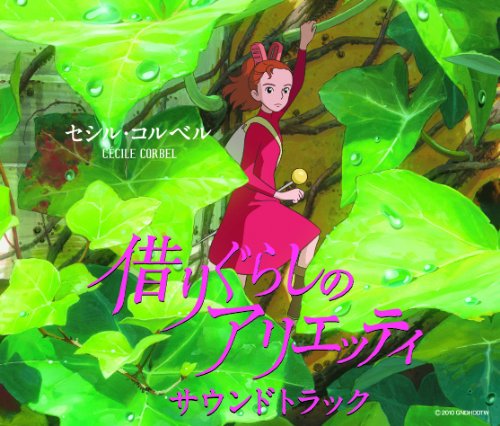
Overall, the film is a beautiful piece of work that is difficult to fault. This particular adaptation of The Borrowers really serves to highlight all the strengths of Studio Ghibli serving as yet another commendable film to add to their already long list of great works.
